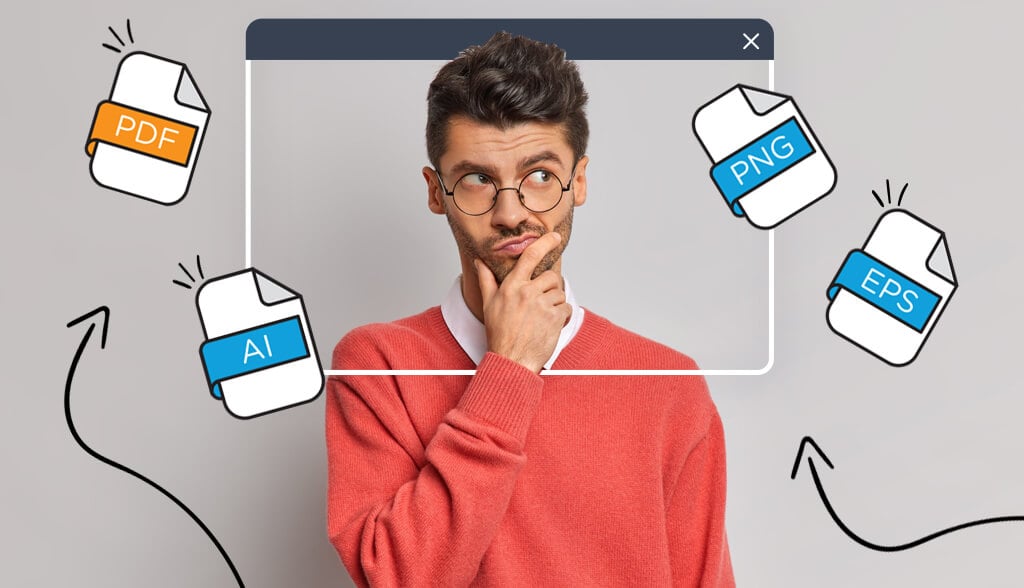PNG: Portable Network Graphic
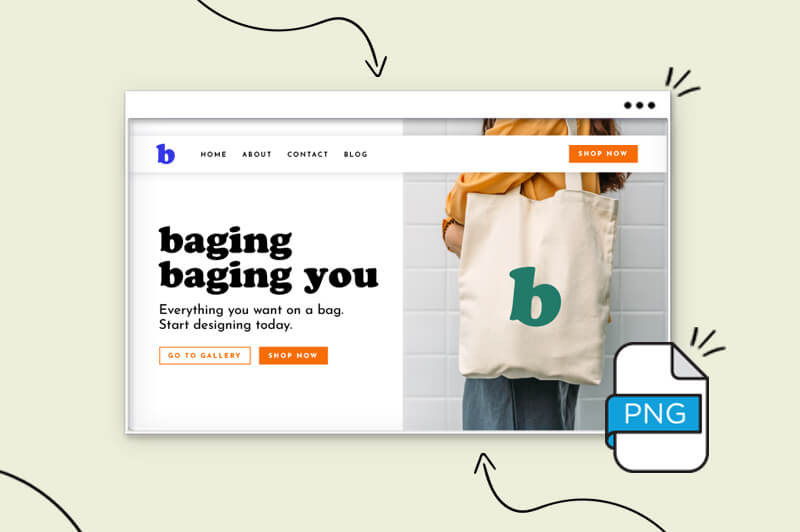
The Portable Network Graphic (PNG) is a raster (pixel-based) image format. PNG file format is ideal for digital graphics, such as logos, icons, text, flat images, etc). If you need a digital image with a transparent background then you must use PNG. If you’re using your logo for any digital purpose like a PowerPoint presentation then you should choose PNG files. However, this file type is not recommended for print and it doesn’t support animation.
Benefits of PNG files
- If you change the image’s size, it won’t lose its quality
- Supports a large number of colors (up to millions of colors)
- File sizes are often large so they can handle resolutions
- Supports transparent backgrounds
Use PNG files to put your logo on
- Websites and blogs
- Online shops like Etsy
- Social media profile and cover photos
- Favicon, the icon that shows up in your browser tab
SVG: Scalable Vector Graphic
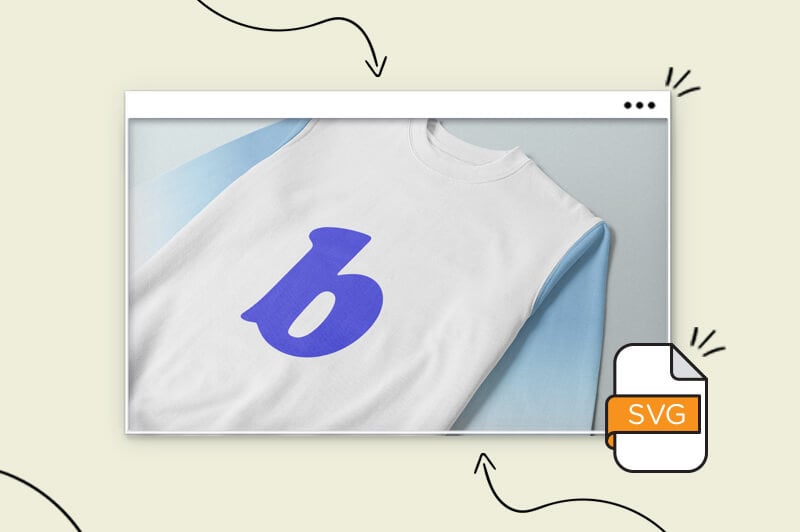
A Scalable Vector Graphic (SVG) file is a popular file format for displaying 2-dimensional graphics, charts, and illustrations on the web. SVG files are vector-based that are built from mathematical formulas rather than pixels. Vector files maintain their quality, so you should use them whenever possible. SVG files support animation. It’s especially ideal to use an SVG file format when you print your logo.
Benefits of SVG files
- It can be scaled up or down without losing any of its resolution
- Small file size compared to a PNG or JPG
- Supports transparent backgrounds
- Good for sending to a designer if you need them to work on your logo
Use SVG files to put your logo on
- Stickers and labels
- Merch like clothing, hats, socks, etc
- Print materials like business cards, posters, letters, etc
- Websites
EPS: Encapsulated Postscript
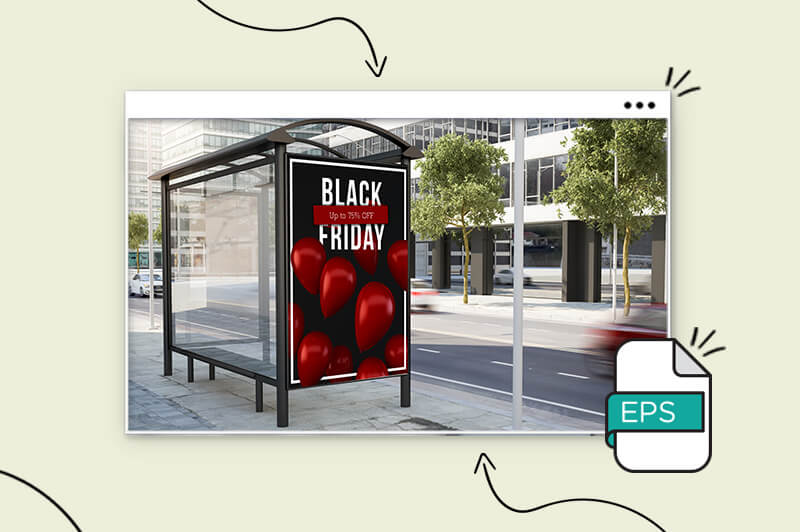
EPS is a vector file format that is the industry standard for professional, high-quality printing. EPS is typically used for large-scale detailed images like billboards and large posters.
Note that once you save a file as an EPS, you can no longer edit it. So if you notice any mistakes or want to make any changes, you’ll need to go back to the original design file and then resave the EPS. Also, EPS files require specialized software like Adobe Illustrator to open and view.
Benefits of EPS files
- Ideal for scaling images
- Picture quality remains high even when the file gets downsized
- Most professional printers can handle EPS files making it the obvious choice for larger print jobs
Use EPS files to put your logo on
- Large-scale detailed images like billboards, large posters, and other attention-grabbing marketing materials
PDF: Portable Document Format
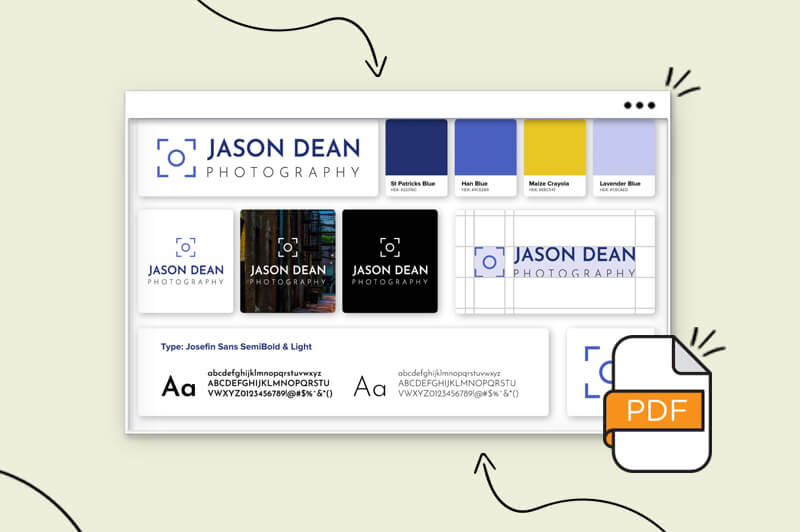
PDF stands for Portable Document Format. With this versatile file format, people can easily exchange and present documents regardless of the software, hardware, and operating system they are using. PDF documents can contain links, buttons, audio, and video, and can also be signed electronically. They’re used for printing and editing purposes.
Benefits of PDF files
- Formatting stays the same on every device (smartphone, computer, tablet)
- Easy to share
- Supports transparent backgrounds
- Easy-to-read format
Use PDF files to put your logo on
- Print materials like business cards, stickers, labels, clothing, and other merch
Over to You
Choosing the right file format depends entirely on how you’d like to use your logo. Let’s do a quick rundown of everything we talked about:
If you’re printing business cards, brochures, clothing, and the like, then you should use SVGs if they’re accepted by the printer you’re using; if not, then use an EPS or PDF file.
The best file format for a transparent background is PNG. If you’re using your logo for any digital purpose, choose PNG files–and go with SVG or EPS files if you’re sending your logo to a designer for tweaks and edits.
Now that you know which file formats to use, you can go ahead and start making your logo!
